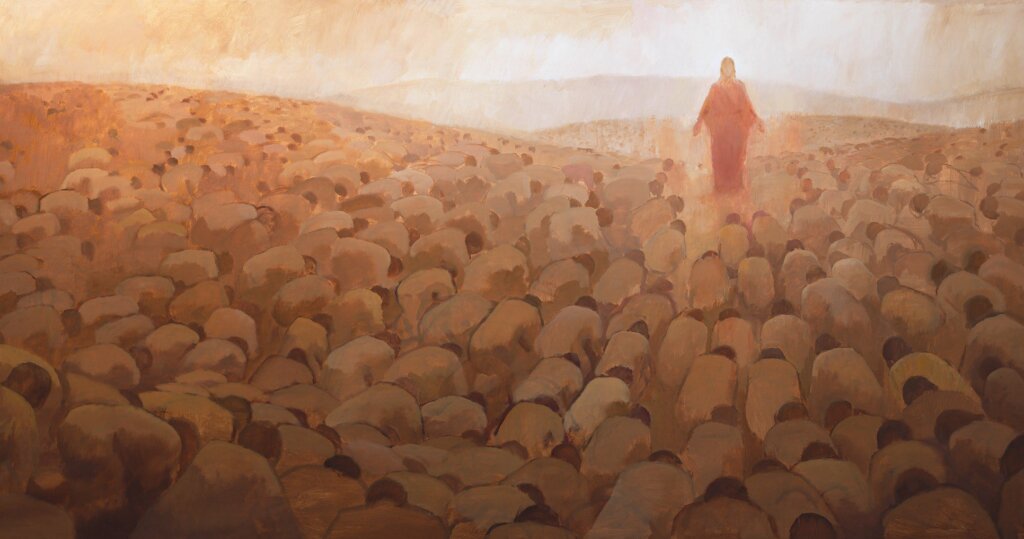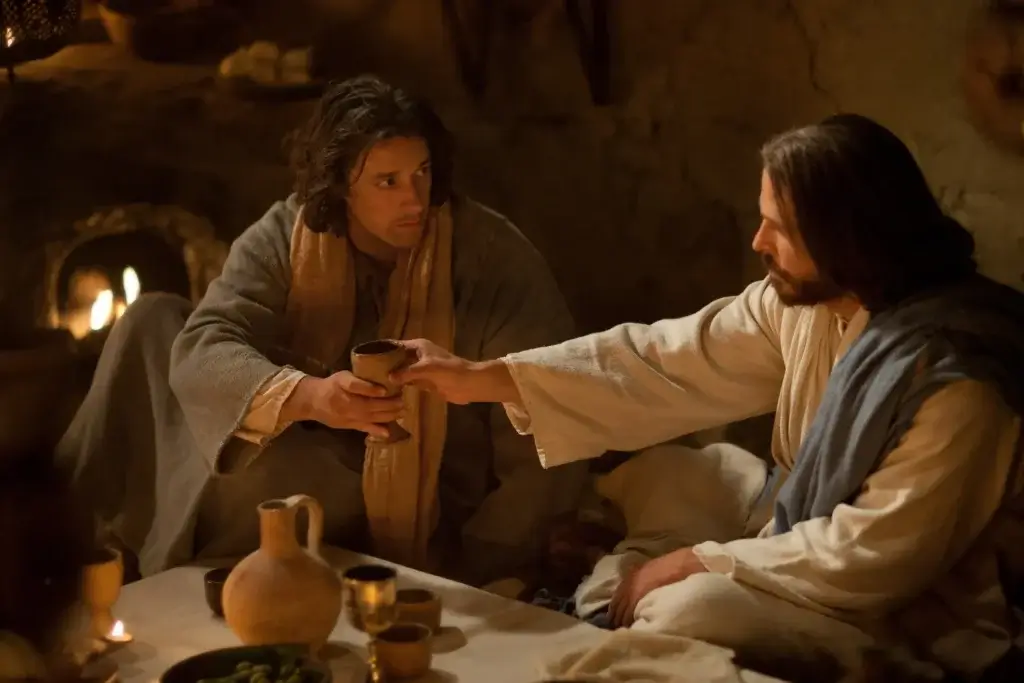The Title Page of the Book of Mormon

In its Title Page, the Book of Mormon addresses three groups of people: (1) the Lamanites, who are a “remnant of the house of Israel;” (2) the Jews; and (3) the Gentiles. Before embarking on an explorative excursion into the Book of Mormon, therefore, it is well to clarify these three identities as not all Later-day Saints are in agreement about them. Because these terms recur frequently throughout the Book of Mormon, not to clarify them might cause us to misread many scriptural passages. Worse, we might end up designating roles to groups of people not based on fact, roles their prophet–writers never intended. Fortunately, the Book of Mormon has its own internal checks and balances, so sorting out who is who is not difficult, though such identities may sometimes not be obvious.
As Moroni points out, not long after the great battle at Cumorah, the Nephites had all been killed, or had deserted over to the Lamanites, so that only “Lamanites” were left in the land (Mormon 8:7, 9; Ether 4:3; Moroni 9:24). It is to these Lamanites, and to the “mixture” of Nephi’s descendants among them (1 Nephi 13:30), that the Book of Mormon is primarily addressed (Moroni 10:1–34). The main purpose of the Book of Mormon is to show the Lamanites “what great things the Lord hath done for their fathers; and that they may know the covenants of the Lord, that they [the Lamanites] are not cast off forever” (Title Page).
A revelation given to the Prophet Joseph Smith throws light on this divine purpose: “Inasmuch as the knowledge of a Savior has come unto the world, through the testimony of the Jews, even so shall the knowledge of a Savior come unto my people—And to the Nephites, and the Jacobites, and the Josephites, and the Zoramites, through the testimony of their fathers—And this testimony shall come to the knowledge of the Lamanites, and the Lemuelites, and the Ishmaelites, who have dwindled in unbelief because of the iniquity of their fathers, whom the Lord hath suffered to destroy their brethren the Nephites, because of their iniquities and their abominations.
“And for this very purpose are these plates preserved, which contain these records—that the promises of the Lord might be fulfilled, which he made to his people; And that the Lamanites might come to the knowledge of their fathers, and that they might know the promises of the Lord, and that they may believe the gospel and rely upon the merits of Jesus Christ, and be glorified through faith in his name, and that through their repentance they might be saved” (D&C 3:16–20).
As was foretold, these “promises” and “covenants” to the Lamanites are to be fulfilled in the latter days (Alma 9:16–17; Helaman 15:11-13). But it is through the instrumentality of the “Gentiles” that they will be fulfilled—that is, through the instrumentality of Latter-day Saints, who, in the Book of Mormon, “are identified with the Gentiles” (D&C 109:60).
Using the imagery of the olive tree, in which the Jews, Nephites/Lamanites, and Ten Tribes constitute three natural branches, and the Gentiles comprise wild branches (Jacob 5), Nephi says, “And after the house of Israel should be scattered, they should be gathered together again; or, in fine, after the Gentiles had received the fulness of the gospel, the natural branches of the olive tree, or the remnants of the house of Israel, should be grafted in, or come to the knowledge of the true Messiah, their Lord and their Redeemer” (1 Nephi 10:14).
Elsewhere, Nephi says, “The thing which our father meaneth concerning the grafting in of the natural branches through the fulness of the Gentiles, is, that in the latter days, when our seed shall have dwindled in unbelief . . . then shall the fulness of the gospel of the Messiah come unto the Gentiles, and from the Gentiles unto the remnant of our seed” (1 Nephi 15:13; cf. vs. 17; 3 Nephi 21:2–7). A revelation given to the Prophet Joseph Smith declares the same thing: “Wherefore, I must bring forth the fulness of my gospel from the Gentiles unto the house of Israel” (D&C 14:10).
In its larger context, the term “Gentiles,” as used in the Book of Mormon, includes others who migrate to the American continent (1 Nephi 13:12–16). No Gentiles, however, are identified as the “house of Israel,” which expression the Book of Mormon reserves for the Jews, Nephites/Lamanites, and Ten Tribes and those who will ultimately be numbered among them. In their capacity of ministering the gospel to the house of Israel, the Gentiles are nonetheless described in terms of “nursing,” “nourishing,” and serving as a “father” to them (1 Nephi 22:6–8; 2 Nephi 10:18).
Though we have seen many “Gentiles” of the lineage of Ephraim accept the Book of Mormon in our day and believe that Jesus is the Christ, not many Jews have done so. Yet, Jesus predicts that the Jews will believe in him when the Book of Mormon is ministered to them by the Gentiles (3 Nephi 16:4; cf. Mormon 5:14). The fulness of the gospel will be preached to them, he says, and they will call upon the Father in his name (3 Nephi 20:29–31).
Confusion arises because D&C 45:51–53 seems to place the Jews’ conversion to Christ at the time he appears to them on the Mount of Olives. Zechariah 12:7–10, however, resolves this paradox by identifying two factions of Jews: (1) the house of Judah, which is “saved first;” and (2) the house of David, who are those to whom the Lord appears later on the Mount of Olives. These two groups correspond with secular Jews today, who comprise 90 percent of all Jews, and religious Jews, who make up the other 10 percent. Certainly, the Book of Mormon will yet “convince” the Jews that Jesus is the Christ, as its Title Page affirms, though it may wait until the sealed portion and additional records come forth (cf. D&C 21:12).











